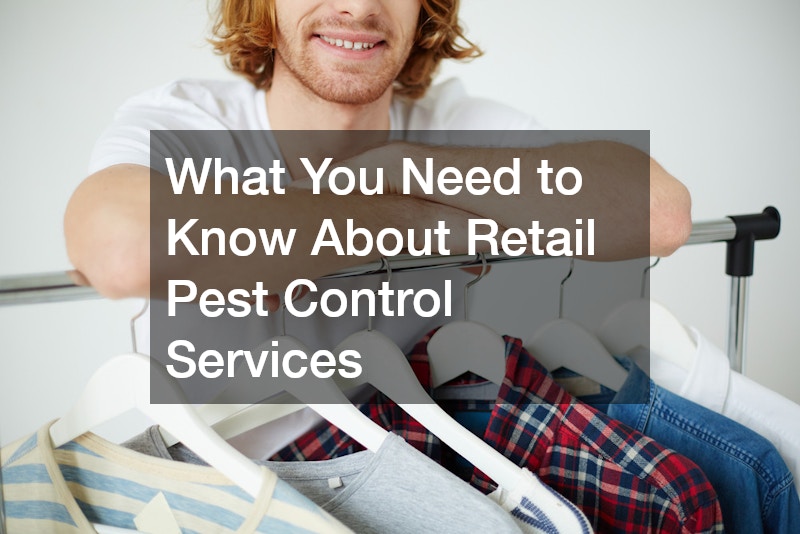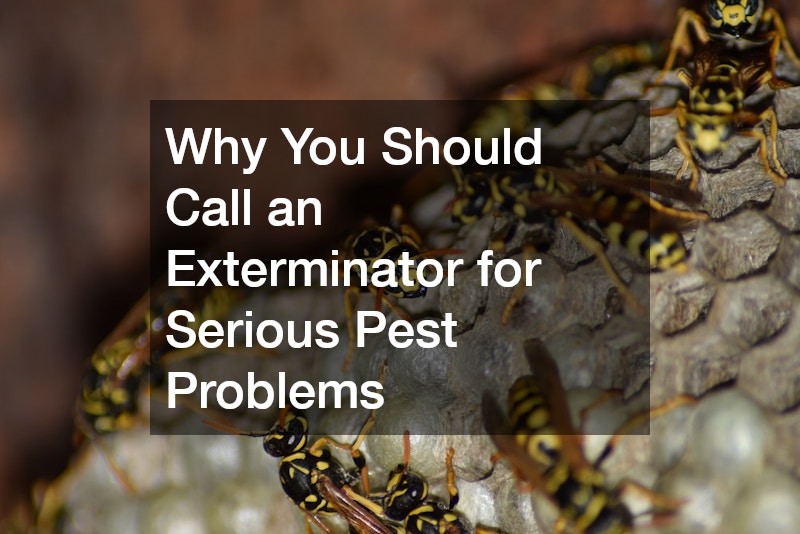Addressing Pest Control for Retail Businesses
Retail pest control is an essential part of maintaining a safe and welcoming environment in any retail setting. Pests in retail spaces not only create an unappealing atmosphere but can also lead to serious health and safety issues, affecting customers and employees alike. Whether in grocery stores, clothing shops, or larger department stores, pest infestations can disrupt daily operations, damage inventory, and create financial losses. Effective pest control programs are not merely about eradication but also about prevention, ensuring that a business maintains its reputation and adheres to health regulations. A comprehensive pest control strategy is designed to identify, manage, and prevent infestations, safeguarding both the business’s physical environment and its customer relationships. Proactive pest management contributes to smoother operations, stronger customer loyalty, and compliance with local health and safety regulations, all while minimizing the risk of a pest-related crisis.
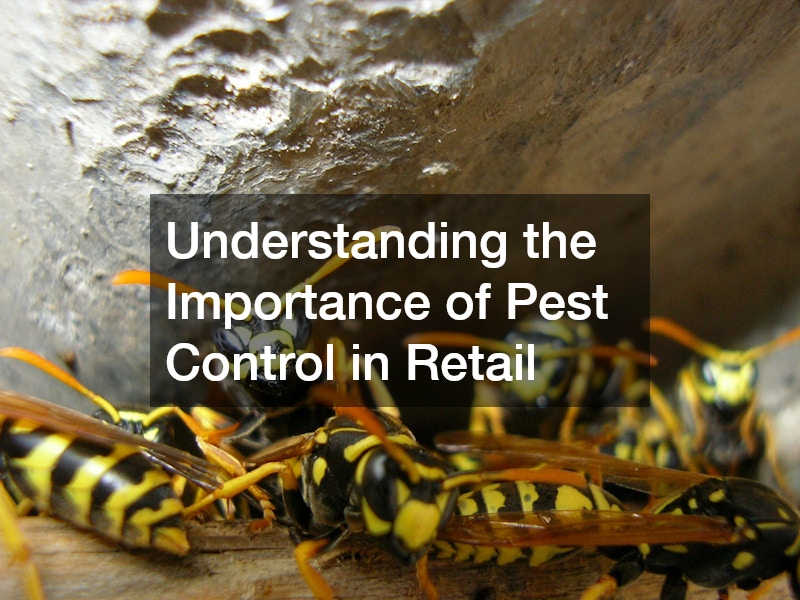
Understanding the Importance of Pest Control in Retail
Pest control in retail is more than a necessity—it’s a vital component of a business’s reputation and customer experience. Retail establishments are prime targets for pests due to their accessibility and vast availability of food and shelter sources, particularly in locations with high foot traffic. Effective retail pest control ensures that customers feel safe and comfortable, protecting a business from the negative perceptions that infestations can create. Beyond customer comfort, pests can also damage inventory, potentially leading to costly replacements and disruptions in product availability.
In addition to general pest management, incorporating pest control into the overall maintenance of retail space also protects critical systems, like the point of sale system, which can be vulnerable to pests. Certain pests, such as rodents, can chew through electrical wiring and cause costly damage to essential retail technology. When a store’s point-of-sale system is affected, it can create significant disruptions in operations, inconveniencing customers and leading to potential revenue loss. An investment in comprehensive retail pest control can help protect not only the business environment but also the technological infrastructure that keeps daily operations running smoothly.
Identifying Common Retail Pest Threats
Retail stores face specific pest threats, and identifying these is a crucial first step in developing an effective pest management plan. Some of the most common pests in retail settings include rodents, cockroaches, flies, and ants. Each pest presents unique risks, from contaminating products to damaging store fixtures and inventory. Rodents, for example, can chew through packaging and wiring, leading to product loss and safety concerns. Cockroaches, on the other hand, are known for spreading bacteria and triggering allergies, posing health hazards to both employees and customers. Flies, while seemingly less harmful, can contaminate food products, while ants can infiltrate storage areas, causing headaches for staff who need to ensure clean and pest-free environments.
Retail environments must also be mindful of structural vulnerabilities that may invite pests. Cracks in walls or floors, poorly sealed windows, or doors that are left open can easily become entry points. Additionally, neighboring businesses like a local glass company may inadvertently contribute to pest risks by creating additional entry points during renovations or by generating waste that attracts pests.
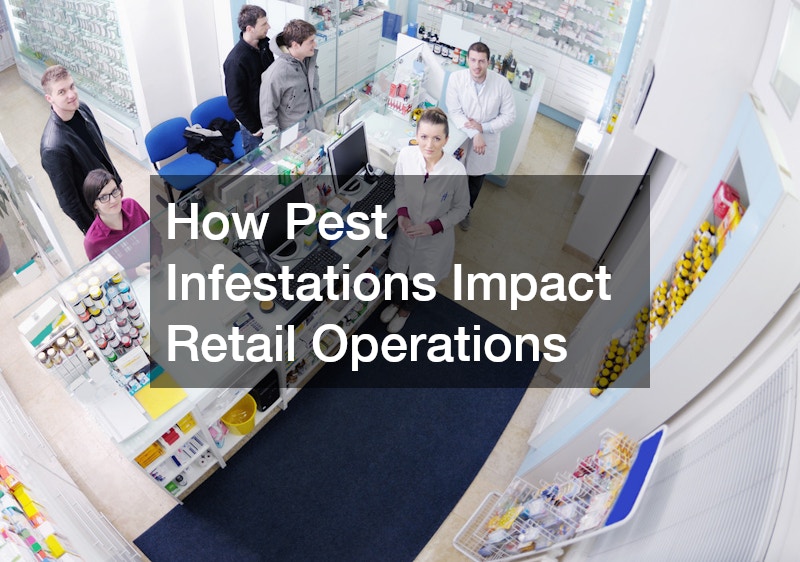
How Pest Infestations Impact Retail Operations
Pest infestations can severely disrupt the day-to-day operations of a retail business. When pests invade, they not only threaten the cleanliness and safety of the environment but also place the business’s reputation at risk. Retail stores with pest problems may see a decline in customer satisfaction, as shoppers are quick to notice and often respond negatively to signs of pest activity. Infestations can lead to unsightly messes, strange odors, and even contaminated products, all of which are detrimental to the customer experience. For retail operations, effective pest control is essential to maintain a safe and pleasant shopping atmosphere that encourages repeat visits and positive word-of-mouth.
Beyond customer perceptions, pest infestations in retail stores can also impact physical structures and vital equipment. For instance, a commercial roofing service may be required to address damage caused by pests such as rodents or birds that nest in roofs and attics, leading to structural weakening. Damaged roofing or ventilation systems can result in moisture issues, further attracting pests like cockroaches and flies, and compounding pest-related risks. Retail pest control efforts must extend to all areas of the facility, including spaces like storage rooms, rooftops, and entry points.
Steps for Developing a Retail Pest Control Plan
Creating an effective pest control plan for retail spaces involves several key steps, each designed to target and eliminate pest risks before they escalate. The first step is a thorough inspection of the facility to identify potential entry points, food sources, and hiding spots for pests. Once these areas are identified, the plan should incorporate routine inspections, sanitation practices, and pest-proofing measures that are tailored to the specific needs of the retail environment. Retail pest control planning also includes establishing regular maintenance schedules to reduce the chances of pests gaining a foothold.
Specific preventive steps in a retail pest control plan may also involve coordinating with essential service providers, such as an electric company, to identify and safeguard areas vulnerable to pests. Electrical wiring, for instance, can attract rodents, which may chew on wires, causing electrical issues and even fire hazards. By partnering with providers and ensuring these vulnerable areas are protected, retail businesses can create a holistic pest control strategy.
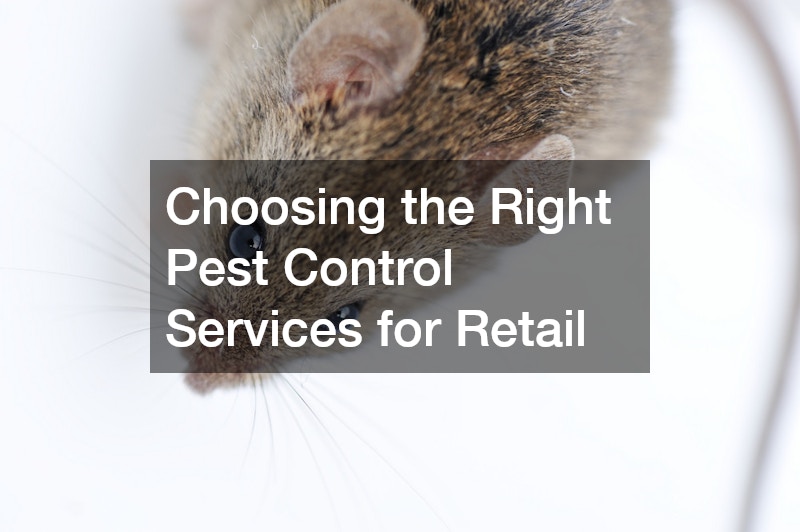
Choosing the Right Pest Control Services for Retail
Selecting the appropriate pest control service is a crucial step in maintaining a pest-free retail environment. Retail businesses should look for pest control providers with experience in handling the specific needs of retail spaces, as these professionals are better equipped to understand the unique challenges and requirements. The right pest control service will offer not only extermination but also comprehensive preventative strategies, including monitoring systems, regular inspections, and rapid response options. Retail pest control services that include these proactive measures help businesses manage pest risks more effectively, ensuring a cleaner and safer shopping environment.
In selecting a pest control service, it’s also important for retail managers to consider any existing environmental risks within the store, such as potential contaminants. A reliable pest control service will take these factors into account, tailoring their approach to minimize the spread of contaminants and maintain hygiene standards. For instance, in stores that handle food or perishable items, pest control professionals must use safe and appropriate treatments that do not compromise product quality or customer safety.
Implementing Preventative Pest Control Measures
Preventative measures are essential to keeping a retail space free from pests. A proactive approach helps retailers avoid the costly and disruptive effects of infestations by stopping pests before they become a problem. Key preventative measures include regular cleaning, waste management, and sealing potential entry points such as cracks or gaps in doors, windows, and walls. Retail pest control measures also involve maintaining a clean and organized environment, as cluttered storage areas and food waste can attract a range of pests.
More specific preventative efforts can involve assessments similar to those conducted during real estate appraisal, where an inspector evaluates high-risk areas for potential issues. For example, inspecting hidden or hard-to-reach places, like under shelves and around storage spaces, ensures that pests have no place to hide.
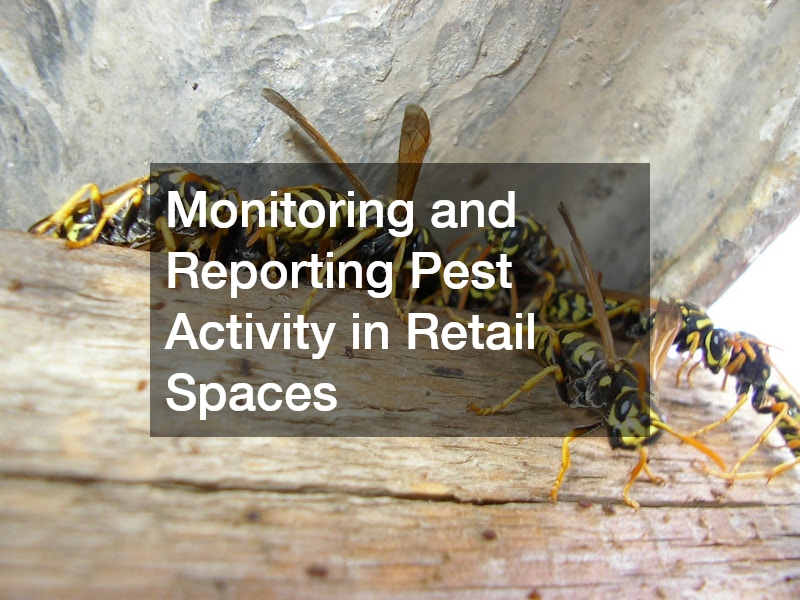
Monitoring and Reporting Pest Activity in Retail Spaces
Continuous monitoring is a critical aspect of effective retail pest control. Retail spaces require vigilant oversight to quickly identify any signs of pest activity and address them before they escalate. By using monitoring tools, such as traps and surveillance in high-risk areas, retailers can detect early indicators of pest presence. Training employees to recognize common pest signs—like droppings, gnaw marks, or nests—also plays a vital role in maintaining a pest-free environment. Establishing clear reporting procedures for any signs of pest activity ensures that all incidents are promptly communicated and addressed by pest control professionals. This approach not only keeps pests at bay but also reassures customers that the store is committed to a safe and clean environment.
Specific types of businesses, like floral shop, often face unique challenges in monitoring pest activity. Flowers and plants can attract pests such as aphids, ants, and even certain types of flies, making constant monitoring especially important. By incorporating pest control into the daily operations of such retail spaces, staff can help detect pest issues early and prevent infestations from affecting both inventory and customer satisfaction.
Ensuring Compliance with Pest Control Regulations
Adhering to local and national regulations is crucial for any retail establishment aiming to maintain a pest-free environment. Compliance with pest control regulations ensures that the business follows health and safety standards designed to protect both customers and employees from potential hazards associated with pest infestations. Retailers are often required to maintain specific documentation, undergo regular inspections, and use approved pest control methods. Staying informed about these regulations is vital, as non-compliance can lead to fines, business closures, or reputational damage. Retail pest control measures that align with regulatory standards help build customer trust and demonstrate a commitment to a safe shopping experience.
For certain retail businesses, such as a mulch store, compliance takes on additional importance, as mulch can attract pests like termites, beetles, and ants. Ensuring that pest control methods meet regulatory standards helps these stores avoid infestations that could damage their products and threaten local ecosystems. A compliance-focused pest control plan incorporates preventive and reactive strategies that not only keep pests away but also fulfill all legal obligations.
The Role of Staff Training in Retail Pest Management
Staff training is a fundamental component of an effective retail pest control strategy. Educating employees on pest prevention and detection helps establish a vigilant workplace where everyone is aware of potential pest risks and understands how to respond appropriately. Training should include information on recognizing signs of pest activity, proper waste disposal, and maintaining clean workspaces. With trained staff who understand the importance of pest control, a retail business can operate more smoothly, reducing the likelihood of costly pest issues. Staff members are often the first line of defense, and their awareness can play a crucial role in early detection and prompt response to potential infestations.
Specific training may also focus on store-specific risk factors. For instance, in environments where HVAC contractors frequently work on heating and cooling systems, employees should understand that these areas can become entry points or nesting sites for pests like rodents or insects. By providing specialized training to employees on managing such vulnerabilities, retail stores can better protect themselves. Investing in comprehensive pest control training empowers staff to maintain a pest-free environment and contributes to the overall success of the retail operation.
Evaluating the Effectiveness of Retail Pest Control Services
Regular evaluation of pest control services is essential to ensure that a retail pest management plan remains effective. Over time, the effectiveness of pest control measures can change due to factors like seasonal pest behavior or changes in store layout and inventory. Regular reviews of pest control strategies help retail businesses identify any new risks and adapt their pest management plans accordingly. Retailers should work closely with their pest control providers to evaluate performance, discuss new trends or challenges, and adjust services to address specific concerns. This ongoing evaluation process is vital for long-term success, as it allows for a flexible approach that keeps up with the store’s evolving needs.
For example, in some retail locations where a fence company operates nearby, there may be an increased risk of pests like rodents or insects drawn to outdoor materials. Evaluating pest control measures in light of such localized factors can help retailers refine their approach, ensuring that pest control efforts address both expected and unique risks.
Maintaining Pest-free Stores
Effective retail pest control is a critical aspect of running a successful retail business. By understanding the specific pest threats faced by retail spaces and implementing tailored preventative measures, retailers can minimize the risk of infestations. From developing a well-thought-out pest control plan to training staff on detection and prevention, every step is vital in creating a pest-free environment that promotes customer safety and satisfaction. Partnering with experienced pest control providers and regularly evaluating the effectiveness of pest management strategies allows retailers to maintain a proactive approach, addressing issues before they become major disruptions.
